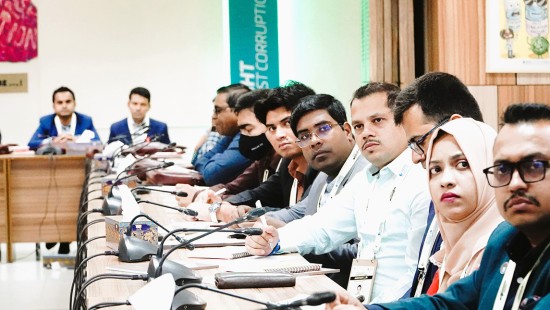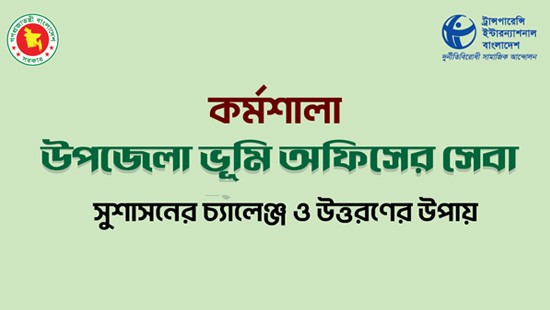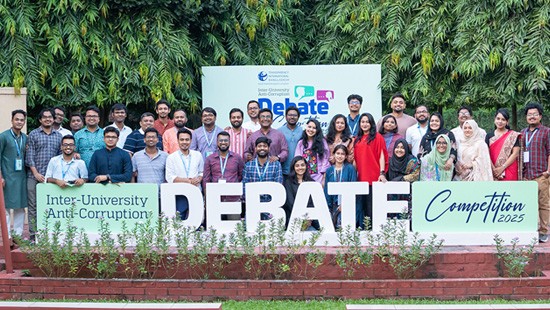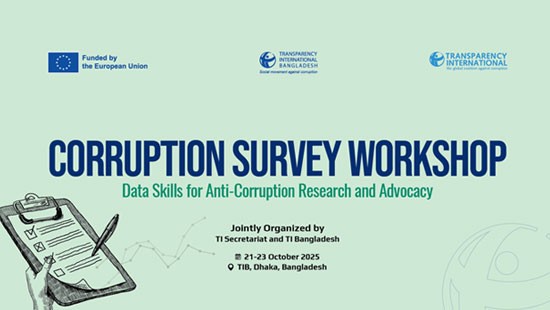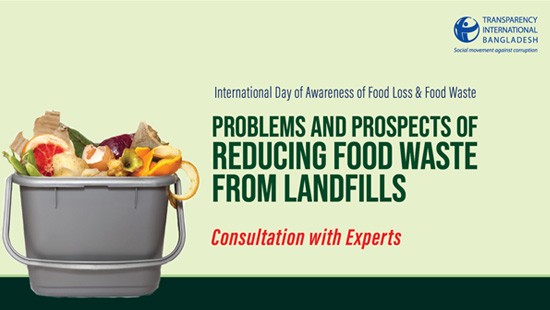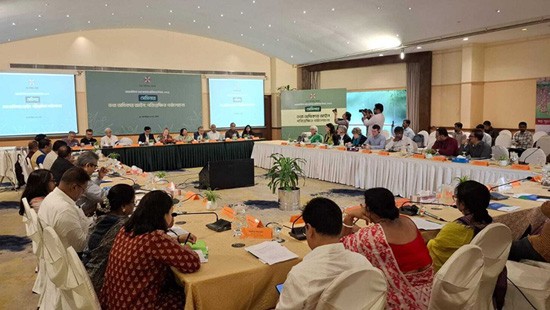Published: 30 October 2023
Bangladesh's unyielding battle against the year-round dengue outbreak has uncovered a glaring and urgent concern. The essential works needed to control this formidable menace are noticeably absent from the country's political agenda, resulting in severe consequences. The TIB’s research study - 'Dengue Crisis Prevention and Control: Governance Challenges and Way Forward' - sheds light on a bleak scenario where the responsible authorities neglect their duties. The study findings, presented in a recent press conference, also expose legal lapses, capacity shortages, corruption in procurement, and more.
Legal Compliance Lapses:
Bangladesh's fight against the Aedes mosquito-borne disease is hindered by a consistent failure to comply with essential laws and guidelines. This includes non-adherence to the Communicable Diseases (Prevention, Control and Eradication) Act 2018, and the absence of a coordinated strategy to define the stakeholders’ roles, as recommended by the World Health Organization (WHO). The National Guidelines for the Prevention of Dengue and Other Mosquito-Borne Diseases, prepared by the Local Government Department, also deviate from the legal and WHO requirements.
The government’s existing plans lack coordination, neglect key public health and entomological aspects, and overlook the effective involvement of the stakeholders. In the plans, the roles of stakeholders, including the DGHS, are undefined, and the non-governmental organisations and experts are notably absent, creating regulatory and coordination gaps.
Politicians' Disregard for Dengue:
Despite the opposition parties’ efforts to address the dengue issue in the parliament, the minister responsible for the matter sidesteps the concern. Instead, he opines that the dengue situation in Bangladesh mirrors the challenges faced by other nations. This response not only downplays the gravity of the dengue outbreak but also provides misleading information, contrary to the WHO guidelines and the country's existing laws.

Capacity Shortage:
Insufficient allocation of resources has emerged as a significant challenge in effective dengue control. One glaring issue is the failure to align the budget, workforce and machinery with the vastness of affected areas. At the municipality level, the dengue control budget and manpower resources appear to be woefully inadequate, given the magnitude of the problem. This mismatch between the demands of the task and available resources underscores the pressing need for a more comprehensive and proportional approach at the community level.
Overreliance on Chemicals:
Mosquito-control activities of all the city corporations and municipalities are still limited to chemical methods (using larvicides and adulticides). In some areas, mosquito breeding sites in public places have been destroyed, but there is still no initiative to identify and destroy the mosquito breeding sites at home.
Wasteful Expenditure:
During the last 11 years, the two city corporations - Dhaka North and Dhaka South - have spent a total of BDT 10.80 billion (1,080 crore). The same strategy has been used year after year, with no proper evaluation of the effectiveness of dengue control and prevention activities, resulting in waste of a substantial amount of money.
Lack of Accountability:
The research has not found any disciplinary action against the city corporation officials involved in irregularities and corruption in pesticide procurement. Of the nine local government institutions, covered by the study, three institutions have no mechanism for citizens to report complaints.
Reluctance in Information Disclosure:
Among the 10 city corporations and municipality offices of the 10 districts under review, the Chattogram City Corporation has not disclosed any information regarding its dengue prevention activities - even when requested.

Deficiency in Treatment for Vulnerable Groups:
Among the total dengue deaths, the highest number (19%) occurred among people aged 60 years or above. In addition, the death rate of this group is much higher in proportion to the number of patients. Among the total dengue deaths, 56.5% are women, as delays in diagnosis and treatment have been found to contribute to their higher death rates.

Corruption in Procurement:
Although the government rules for open tendering and direct purchase are followed for procurement of pesticides, ‘single bidding’ has been observed in some cases of open tendering through the e-GP (government procurement) system. A pesticide supplier received 16 purchase orders from three city corporations through open tender and it was the single bidder in seven of those.
No Regulation in Market Prices:
By creating an artificial crisis in the market, intravenous saline, priced at Tk 100 each, is sold at Tk 500-600 each. Dengue testing facilities outside Dhaka are inadequate. Shortage of dengue testing kits persists in various hospitals and clinics in the municipal areas and the upazila health complexes.
TIB’s Recommendations:
The TIB study provides 21 recommendations, including: National Integrated Vector Management Plan: Developing a national plan for controlling Aedes and other mosquitoes, following the WHO standards, with the support of experts and stakeholders.
Action Plans with Clear Responsibilities: Formulating short, medium, and long-term action plans, specifying the roles and duties of relevant institutions and stakeholders under the Ministry of Health and the Ministry of Local Government. National Dengue Prevention Committee: Forming a committee - led by the Ministry of Health, and comprising officials from the ministries concerned, public health experts, entomologists, and NGO representatives - for evaluation and monitoring of the action plans.
Year-Round Integrated Activities: Implementing year-round integrated mosquito control methods nationwide, including environmental, biological, chemical, and mechanical approaches.
Eco-Friendly Mosquito Control: Increasing the use of environment-friendly mosquito control methods, such as eliminating breeding sites in multi-story buildings as well as removing waste between buildings.



